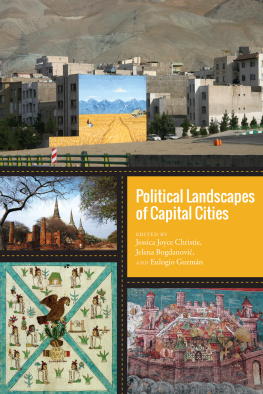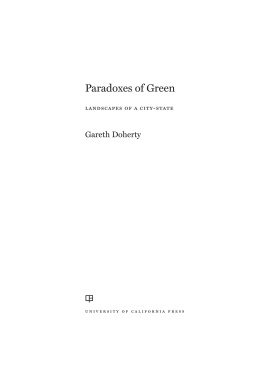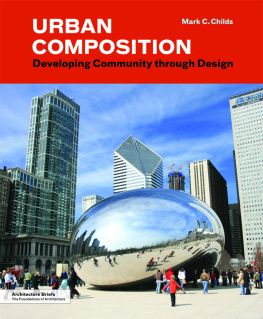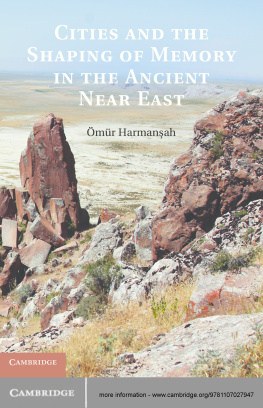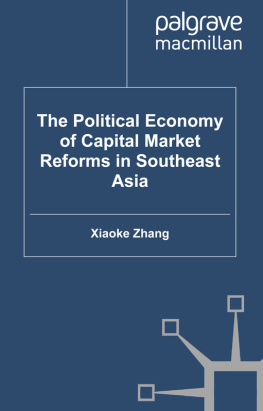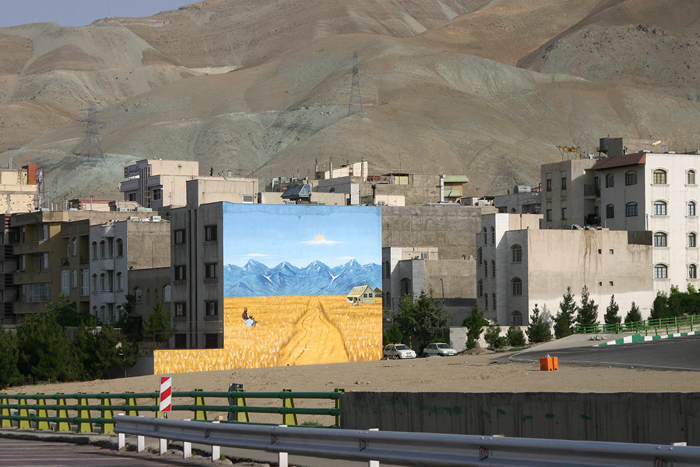Jessica Joyce Christie - Political Landscapes of Capital Cities
Here you can read online Jessica Joyce Christie - Political Landscapes of Capital Cities full text of the book (entire story) in english for free. Download pdf and epub, get meaning, cover and reviews about this ebook. year: 2016, publisher: University Press of Colorado, genre: Romance novel. Description of the work, (preface) as well as reviews are available. Best literature library LitArk.com created for fans of good reading and offers a wide selection of genres:
Romance novel
Science fiction
Adventure
Detective
Science
History
Home and family
Prose
Art
Politics
Computer
Non-fiction
Religion
Business
Children
Humor
Choose a favorite category and find really read worthwhile books. Enjoy immersion in the world of imagination, feel the emotions of the characters or learn something new for yourself, make an fascinating discovery.
- Book:Political Landscapes of Capital Cities
- Author:
- Publisher:University Press of Colorado
- Genre:
- Year:2016
- Rating:3 / 5
- Favourites:Add to favourites
- Your mark:
Political Landscapes of Capital Cities: summary, description and annotation
We offer to read an annotation, description, summary or preface (depends on what the author of the book "Political Landscapes of Capital Cities" wrote himself). If you haven't found the necessary information about the book — write in the comments, we will try to find it.
Political Landscapes of Capital Cities blends the historical, political, and cultural narratives of capital cities such as Bangkok, Cusco, Rome, and Tehran with a careful visual analysis, hinging on the methodological tools of not only architectural and urban design but also cultural, historiographical, and anthropological studies. The collection provides further ways to conceive of how processes of urbanization, monumentalization, ritualization, naturalization, and unification affected capitals differently without losing grasp of local distinctive architectural and spatial features. The essays also articulate the many complex political and ideological agendas of a diverse set of sovereign entities that planned, constructed, displayed, and performed their societal ideals in the spaces of their capitals, ultimately confirming that political authority is profoundly spatial.
Contributors: Jelena Bogdanovic, Jessica Joyce Christie, Talinn Grigor, Eulogio Guzmn, Gregor Kalas, Stephanie Pilat, Melody Rod-ari, Anne Parmly Toxey, Alexei Vranich
Jessica Joyce Christie: author's other books
Who wrote Political Landscapes of Capital Cities? Find out the surname, the name of the author of the book and a list of all author's works by series.

